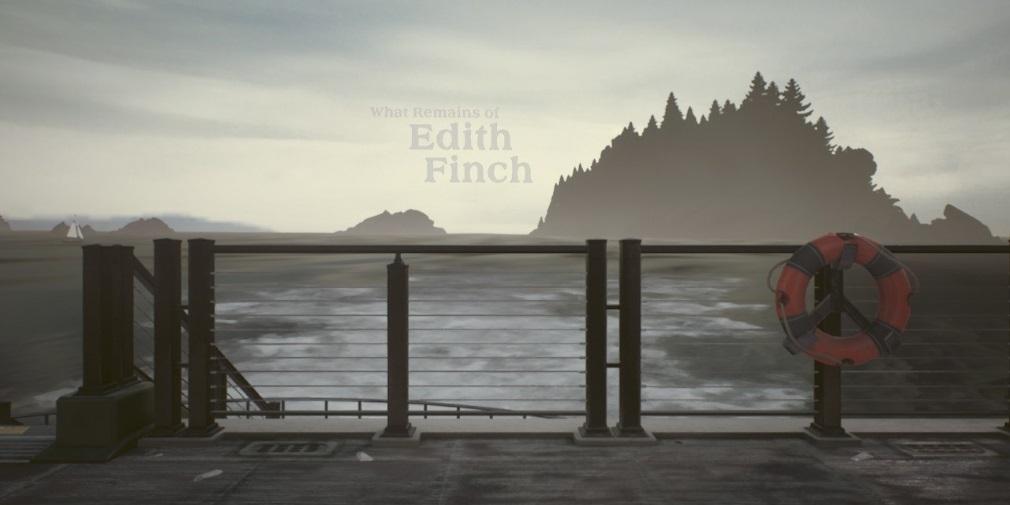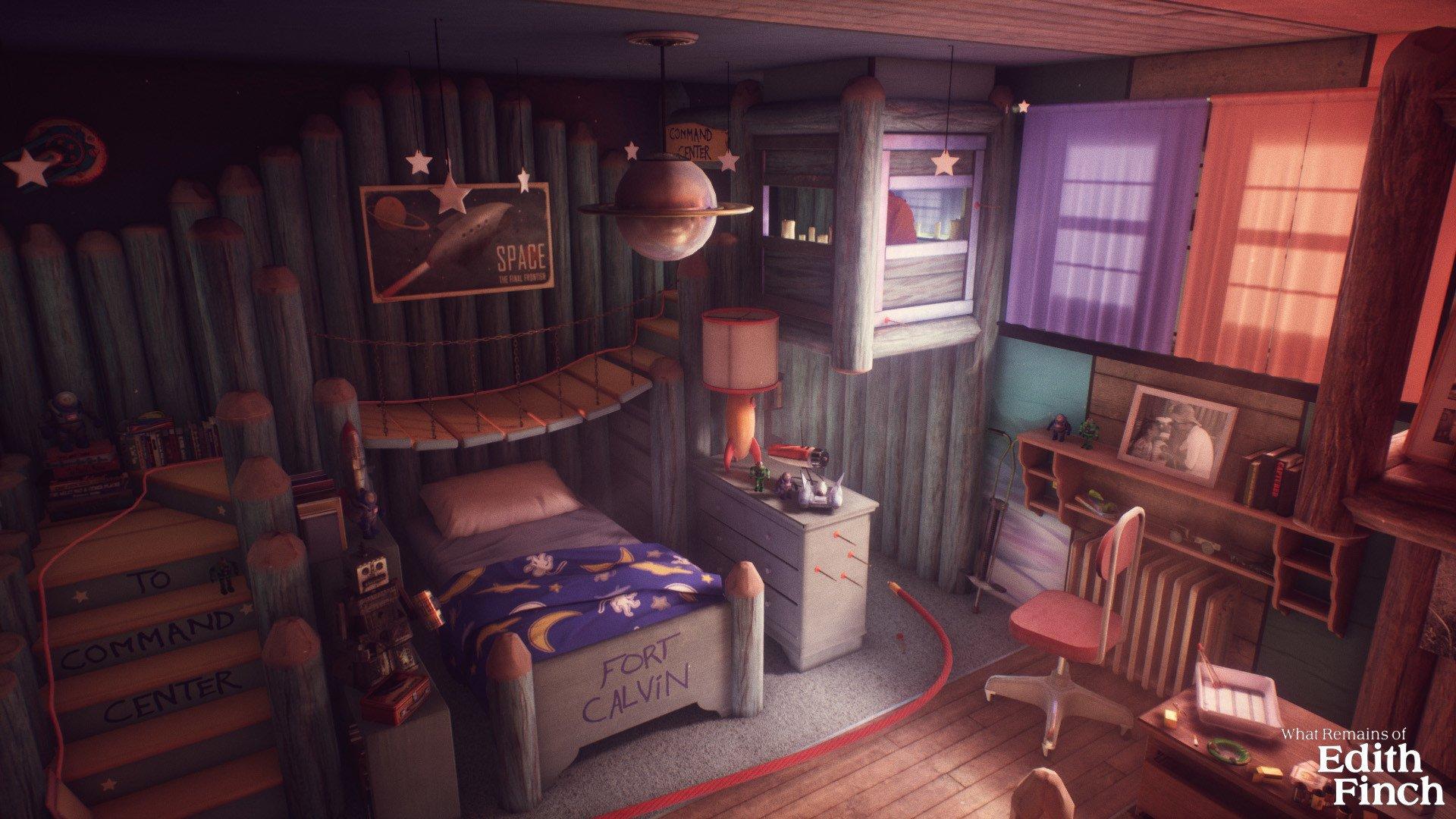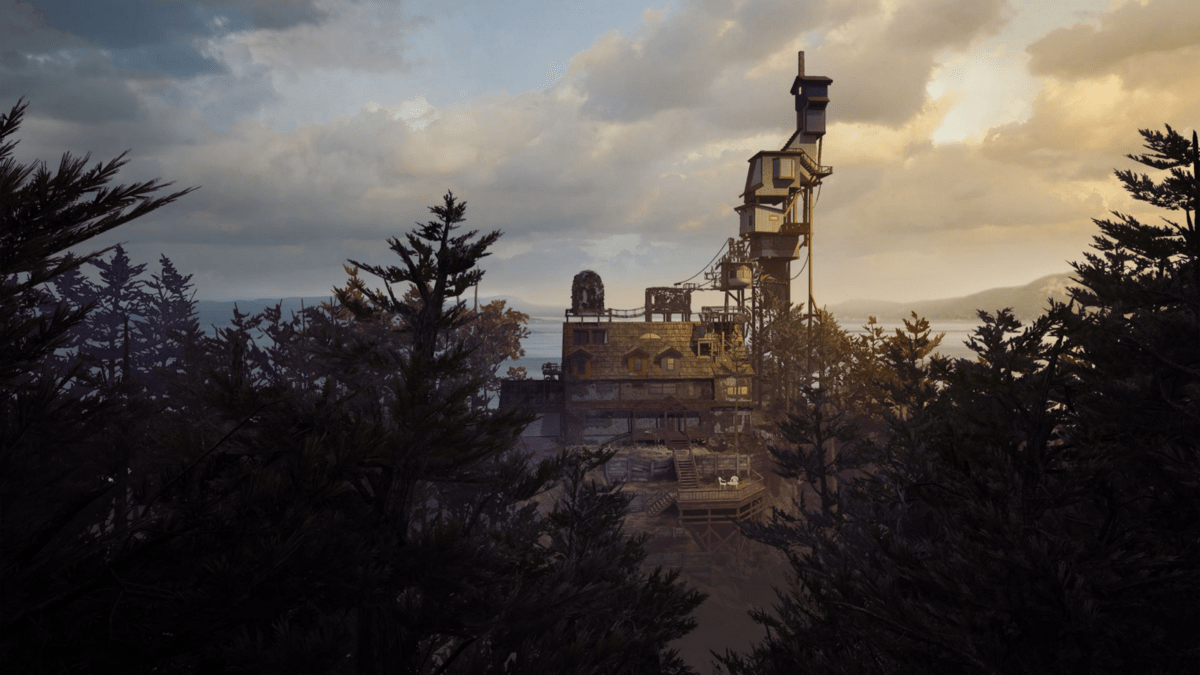Disclaimer: As of time of writing, I am only halfway through the game, so some information might not be accurate.
What remains of Edith Finch is developed by Giant Sparrow, and is available on all the major platforms. I am going to say that the target audience are adults of all ages, as I fear the heavier themes of loss and fatalism are lost on the younger generation. However, it’s delightfully interesting environment and simple yet immersive puzzles are something audiences of all ages can enjoy.
Notable Elements

Even starting the game is done in a diegetic-way by opening a book, which embarrassingly took me several minutes to figure out.
The game is a single-player narrative experience. The player type is player vs game, and the objective is mainly exploration, with a mix of solution mixed in for the puzzles (I’ll talk about the mini-games later). The procedure is interesting – the player can only look, walk around, and there is one interaction button that controls all interactions, including activities such as unlocking a door or opening a mailbox. Even starting the game is done in a diegetic-way by opening a book, which embarrassingly took me several minutes to figure out. The game has no resources, and no real conflict so far.
In addition to playing as Edith and exploring the house, there appears to be a mini game for each dead family member. Interestingly, they all have their own objectives – some are capture, some are chase, some are escape. Their rules and mechanics are wildly different as well, such as having the player control a cat jumping on trees chasing down a bird. These mini games serve as fun distractions to the somewhat autonomous gameplay of just walking in the main game.
Walking

The story doesn’t overtly pull you in – there’s nothing to the effect of “come to this room and do this thing!”. Instead, the player has to “walk” themselves into the story.
As a walking simulator, walking is the way the player interacts with the story and the world. However, walking in what remains of Edith Finch to me is more than just walking on foot – all the actions player do, such as opening door or crawling through a window, are part of this “walk” as well. I say this because unlike most games where interaction means pressing a button, and watching a cutscene play out, interacting here is completely analogue – if you let go of the controller as Edith is crouching through a window, she will pause until you continue again. This has the effect of making interactions feel much more deliberate and meaningful, and adds to the overall immersion of the game.
The story in what remains of Edith Finch is built into the environment – every room tells a story of a character. The story doesn’t overtly pull you in – there’s nothing to the effect of “come to this room and do this thing!”. Instead, the player has to “walk” themselves into the story. This is perhaps a subtle distinction – but to me, playing a traditional single player game (like the Call of Duty Single player campaign that I worked on) is like watching a movie, the story is fed to you passively. Playing what remains of Edith Finch however felt like reading a book – I am actively discovering the story.
Type of fun intended

What remains of Edith Finch offers a surprising variety of fun – sensation from the visually dazzling house, fantasy from the ethereal stories of its characters, narrative (obviously), challenge from the puzzles, and discovery from exploring the labyrinth that is the house. While narrative and discovery appear to be the focus here, the game does an excellent of job delivering all these types of fun.
Moments of epic success
I was genuinely delighted when playing in Molly’s mini game, I could turn into a monster and eat people. The appearance of the monster is never shown – all you see is the tentacle you use to navigate and grab people. This heightened the mystery and made me feel both scared but also giddy at doing something so…wrong.
Change I would make to make the game better
Make the walking speed faster, especially in the intro outdoor scene! I understand the designers probably had legitimate reasons for making the walking speed so slow, probably something along the lines of “we want the player to feel in the moment and absorb the environment, not rush through the game!”, but I think they over-tuned it a bit.




